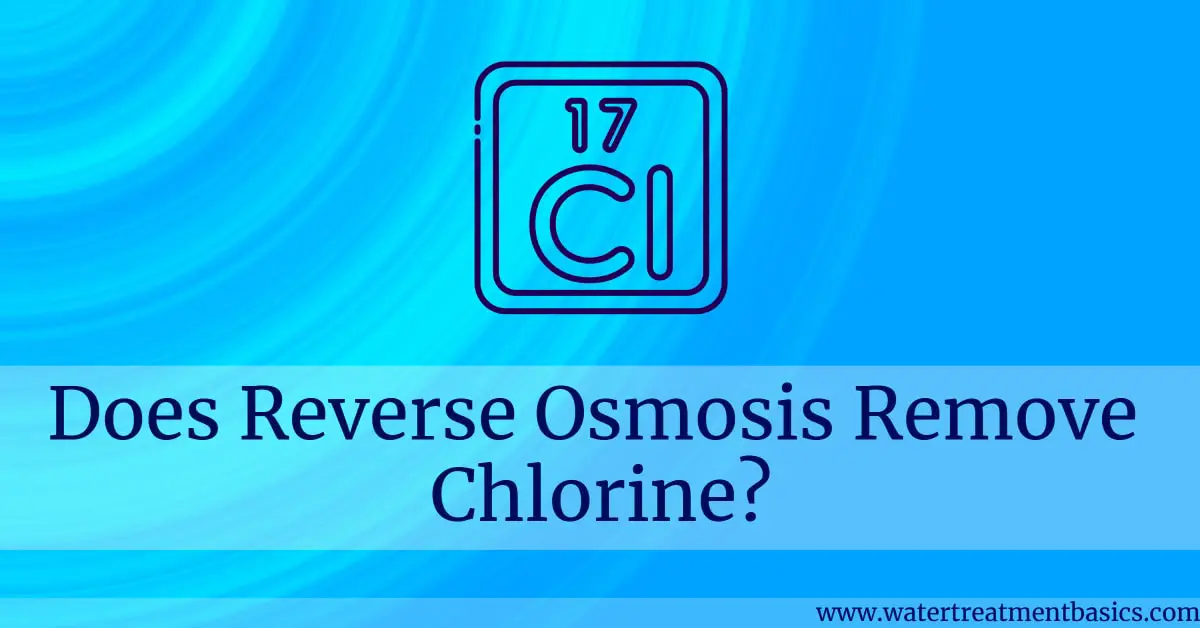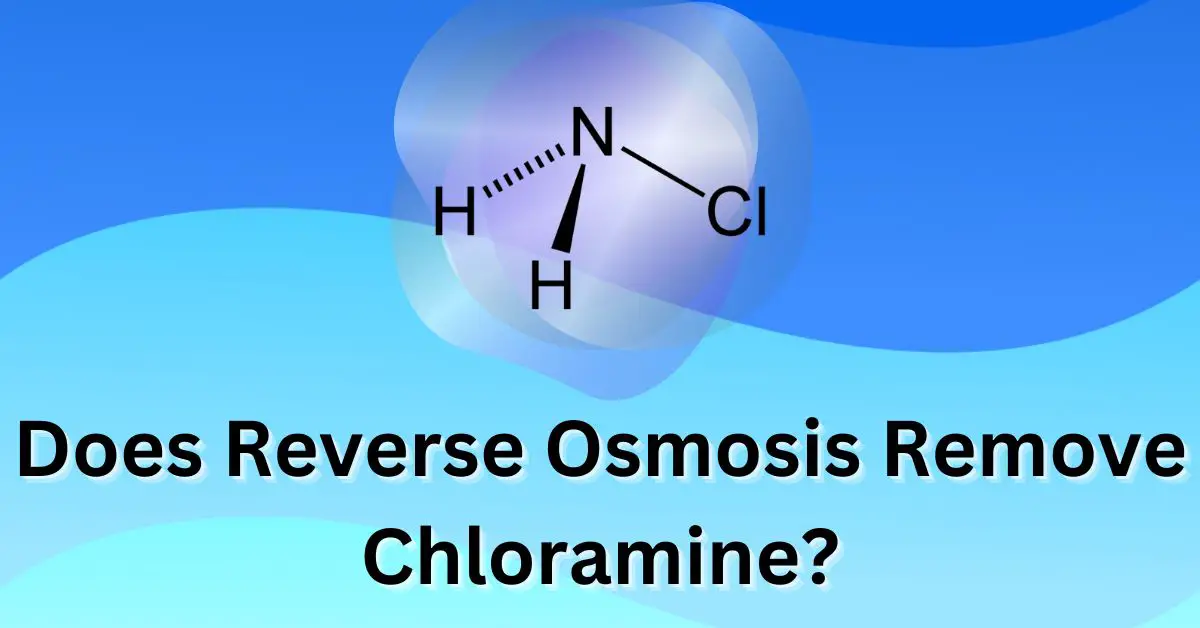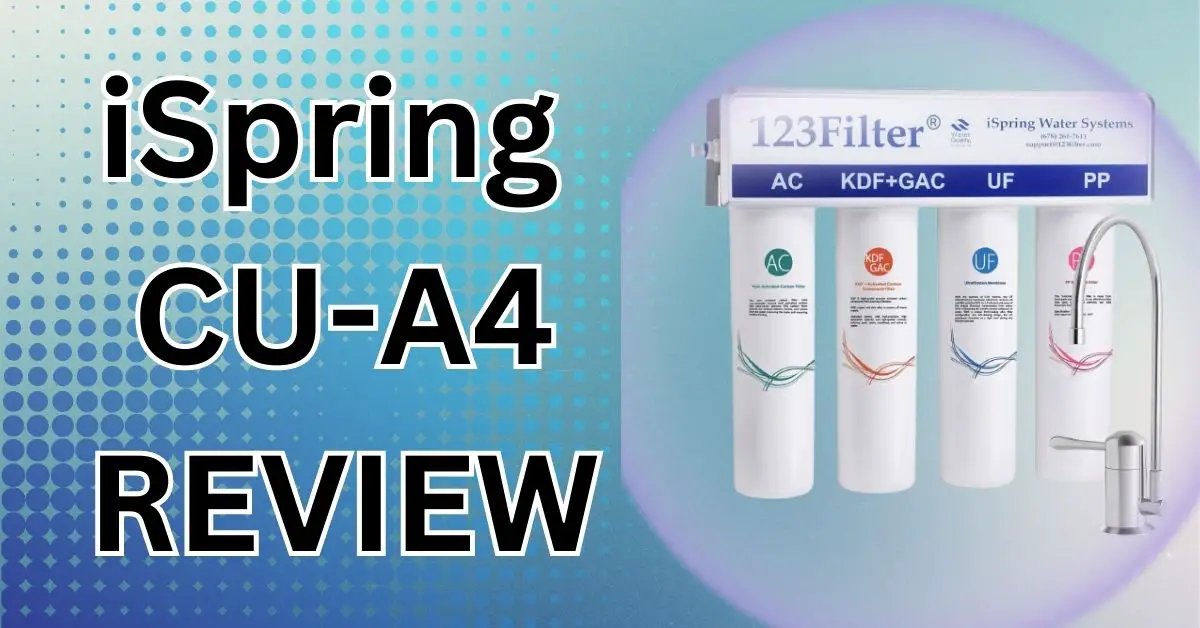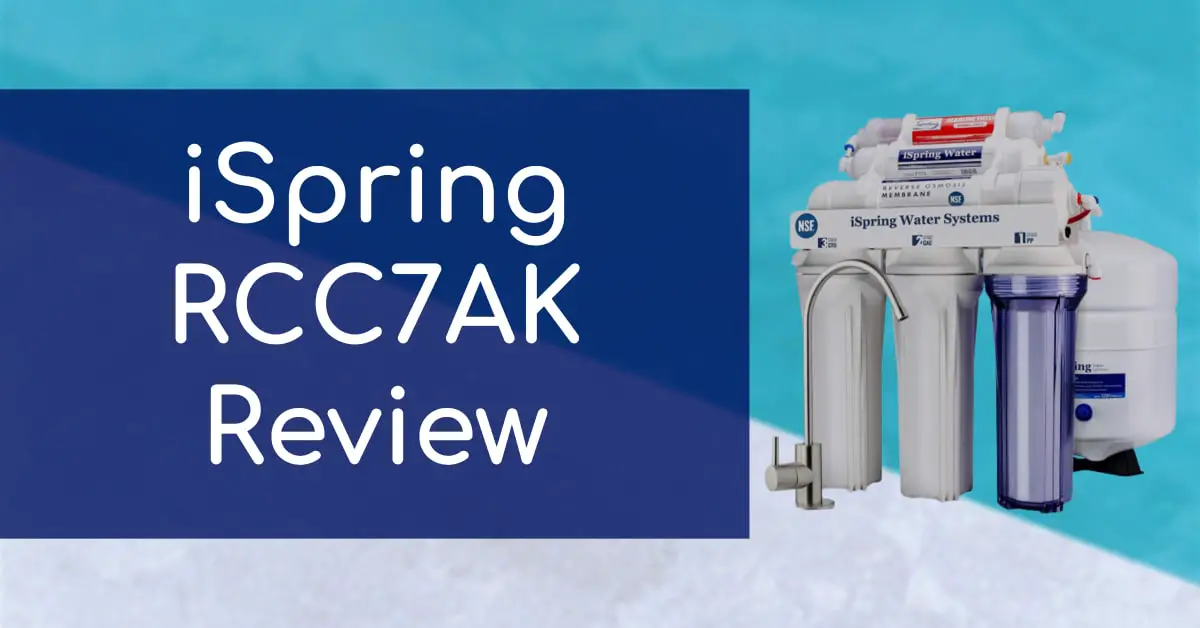When it comes to water filtration, reverse osmosis is often the most reliable and effective method. But what about chlorine? Does reverse osmosis remove chlorine from water? The answer is yes, depending on the system you use.
Reverse osmosis filtration systems can be designed to remove chlorine and other contaminants from water, improving the taste and odor of your water. In this blog post, we’ll explore the types of reverse osmosis systems that can remove chlorine from water and how they work.
We’ll also look at why chlorine should be removed from water and the benefits of doing so. Finally, we’ll discuss how to maintain a reverse osmosis system and how to ensure optimal performance. By the end of this post, you should have a better understanding of the role reverse osmosis can play in removing chlorine from your water.
What is Chlorine?
Chlorine is a chemical element with the symbol Cl and atomic number 17. It is a halogen, which means it is a member of the group of elements that includes fluorine, bromine, and iodine. Chlorine is a highly reactive, yellow-green gas at room temperature and is highly corrosive.
Chlorine is widely used in a variety of applications, including water purification, disinfection, and bleaching. It is often used to kill bacteria and other pathogens in drinking water, as well as to treat swimming pools and spas. Chlorine is also used in the production of a variety of chemicals, including plastics, solvents, and pesticides.
In addition to its industrial uses, chlorine is also found naturally in the environment, particularly in the form of salt (sodium chloride). It is an essential nutrient for the proper functioning of the body in small amounts, but exposure to high levels of chlorine can have negative effects on human health.
Chlorine is one of the most widely used disinfectants due to its effectiveness, low cost, and the fact that it does not form toxic byproducts. In water treatment, chlorine is usually added in the form of chlorine gas, sodium hypochlorite, or calcium hypochlorite.
Effects of Chlorine in The Human Body
Exposure to chlorine can have negative effects on the human body, particularly if it occurs at high levels or over an extended period of time.
When ingested, chlorine can cause digestive issues, such as nausea, vomiting, and diarrhea. It can also irritate the skin, eyes, and respiratory system, leading to symptoms such as redness, itching, and difficulty breathing.
Long-term exposure to chlorine or chlorine compounds can have more serious health effects. Some studies have suggested that chlorine exposure may increase the risk of cancer, particularly of the bladder, kidney, and pancreas. It may also increase the risk of developing asthma or other respiratory issues.
The effects of chlorine on the body depend on the level of exposure and the duration of exposure. Most people can tolerate low levels of chlorine in their drinking water without experiencing any negative effects
How Does Reverse Osmosis Remove Chlorine?
A semi-permeable membrane is used in the reverse osmosis (RO) method of water purification to remove impurities like chlorine and other pollutants. Pressure is used in the RO process to push water through the membrane, allowing water molecules to pass through but blocking bigger pollutants and contaminants.
In order to use RO to remove chlorine from water, the water must first be injected into the system and pass through a pre-filter to get rid of any large silt or particles that can clog the membrane. After that, the water is put under intense pressure, which pushes it through the membrane. Chlorine and other impurities are trapped and rejected when the water flows through the membrane, and the cleansed water is collected on the other side.
After that, the cleaned water is gathered in a tank for later use or dispensing through a faucet. The pollutants and impurities that the membrane rejects are washed away and do not enter the water that has been cleaned.
Overall, RO can provide clean, safe drinking water in a number of contexts and is a successful technology for removing chlorine from water.
How Much Chlorine Does RO Remove?
Reverse osmosis systems can effectively remove chlorine from water, typically greater than 90% to 99%. But how much chlorine is removed ultimately depends on the specific system, the design of the unit, water pressure, temperature, flow rate and other factors.
Also, the efficiency of removal may depend on the chlorine compound, as there are different forms of chlorine such as chloramines which can be harder to remove than chlorine gas.
It’s important to note that reverse osmosis systems are not 100% effective in removing chlorine, and that it might still need a post-filter stage to ensure that even trace amounts are removed. Also, the efficiency of the membrane degrades over time, and regular maintenance and replacement of filters is necessary to ensure the system continues to work effectively.
It’s highly recommended to get the water tested to determine the chlorine levels, this will give you an idea of how much chlorine is present, and how much needs to be removed by the reverse osmosis system.
Conclusion
In conclusion, reverse osmosis is an effective way to remove chlorine from water. It is a viable solution for homeowners who need to remove chlorine from their drinking water. Additionally, reverse osmosis systems are relatively easy to install and maintain.








